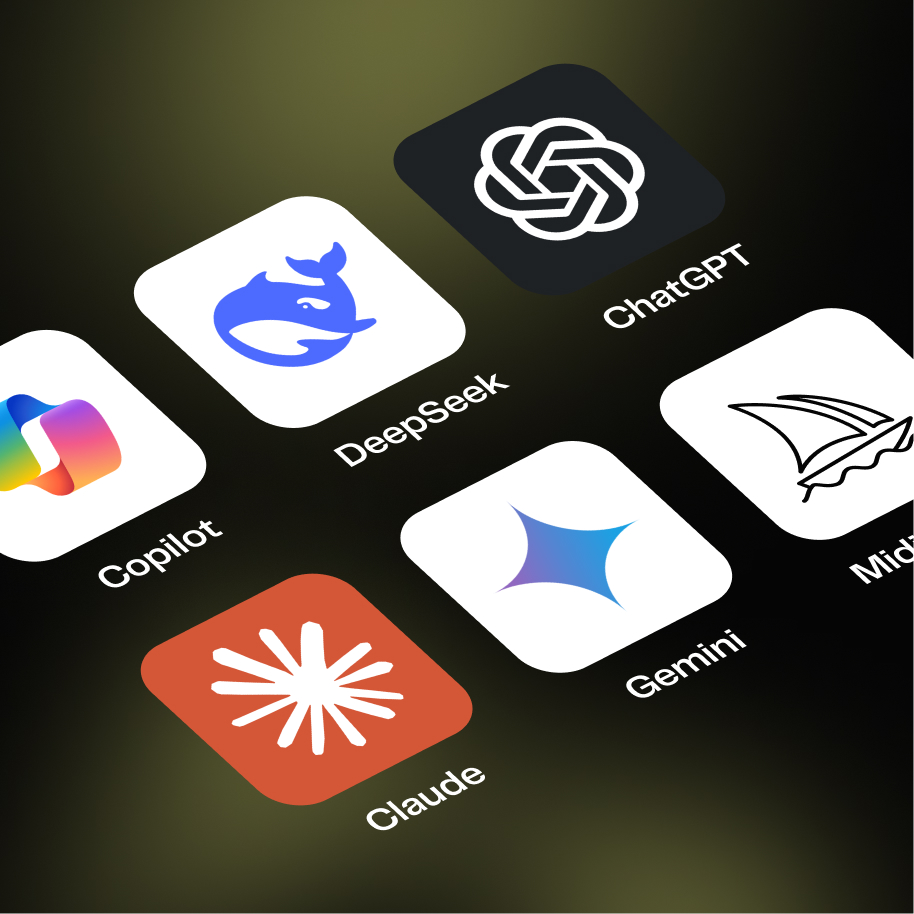AI in marketing has moved from experimental to essential. In fact, 80% of senior creatives will be charged with using generative AI by 2026, according to Gartner.
But adoption alone isn’t enough. The real challenge isn’t whether to use AI. It’s how to integrate it thoughtfully without sacrificing the strategic thinking and creative intuition that drive meaningful results.
Instead of viewing AI as either a threat to replace human creativity or a magic solution to automate everything, smart marketers are finding a middle path: using AI as a creative multiplier that amplifies human expertise rather than replacing it.
In our own work at Sunup, we’ve developed a thoughtful approach where human creativity and strategic thinking guide the technology. This balanced methodology transforms AI from either a threat or a shortcut into a tool that makes our creative work even richer and more rewarding.
Purpose in practice: Intentionality with AI matters.
What do we mean by “intentionality?” We mean a mindful, conscientious and intellectually curious approach to integrating AI into the creative process, including:
- Knowing the score: We use AI as a catalyst for our own thinking rather than a replacement for it, preserving and strengthening our creative capabilities, ideas and judgment.
- Understanding limitations: We recognize where AI excels (organizing information, generating first drafts, exploring variations, aggregating big-picture research) versus where human expertise is irreplaceable (strategic direction and direct research/sourcing as well as fact checking, critical thinking, emotional resonance, cultural nuance and general vibes).
- Learning & adapting: Because we approach AI as a developing tool, we discover and refine the most productive patterns over time.
- Taking breaks from AI. We take the time and space to work independent of AI, flexing the creative muscles we’ve grown over the years and keeping our skills sharp.
Maximizing potential: tips for getting the most from AI in marketing.
At Sunup, we’ve engaged in some genuinely illuminating, invigorating and fruitful creative sessions using AI as part of our process. We’ve gotten good ideas (and terrible ones) — but mostly ones that are in the middle, offering seeds of something to work with. We’ve been both impressed and not impressed, sometimes to the point of laughter.
You can riff, ask for multiple iterations, redirect as many times as you need, change your mind, reverse course, abandon ship, keep drilling down and even provide critique with an AI interface in ways that we wouldn’t recommend you try with your human colleagues.
In other words, you can’t annoy AI. But you can try. (Or don’t. We’ve seen “Ex Machina.”)
With all that in mind, here are some practical ways to try integrating AI into your creative marketing process.
- Break a mental block by asking for directional ideas.
- Use AI for initial drafts so you can focus on refinement and elevation.
- Let AI organize and synthesize research so you can concentrate on insights, sourcing and application.
- Delegate repetitive tasks to AI so you can invest in strategic thinking and innovation.
- Have AI generate options so you can exercise judgment in selecting and improving the best ones.
- Ask AI to generate multiple variations of a central idea or iterate on a theme.
- Challenge AI to test your assumptions by presenting alternative perspectives.
- Poke holes in something AI generated to get to a stronger result.
Finding our footing: AI will only become more widespread in marketing.
We’re not prognosticators, and we wouldn’t want the burden. But it seems to us that AI is here to stay.
At this stage, we believe the best path forward — both for our creative satisfaction and for bringing quality and value to our clients — is through thoughtful engagement with this evolving technology.
There are professional, intellectual, environmental, ethical and moral gray areas with AI that we’re all trying to navigate. We don’t mean to gloss over those, and we certainly don’t have all the answers.
For the time being, however, in the limited context of marketing, we’ve chosen to engage, learn and evolve our processes — and, in doing so, we’ve found tangible benefits.
AI isn’t our competitor. It’s a tool for amplifying our efforts, albeit one requiring significant human oversight and judgment. And it isn’t about avoiding work but rather about focusing our expertise where it matters most.
Used intentionally, this technology sparks new possibilities while ensuring our creative output remains authentic, meaningful and distinctly ours.
If you’re ready to explore how intentional AI integration can elevate your branding, let’s connect.
Food for thought: more perspectives on how people & AI can work together.
We love an opportunity to get extra credit. Check out the resources below to learn from people who have much more in-depth knowledge of AI than we do.
- The Harvard Business Review’s “How Generative AI Can Augment Human Creativity”
- Ethan Mollick’s work at Wharton, particularly his newsletter, “One Useful Thing”
- “Human + Machine: Reimagining Work in the Age of AI” by Paul Daugherty and H. James Wilson
- The Harvard Business Review’s “Collaborative Intelligence: Humans and AI Are Joining Forces”



